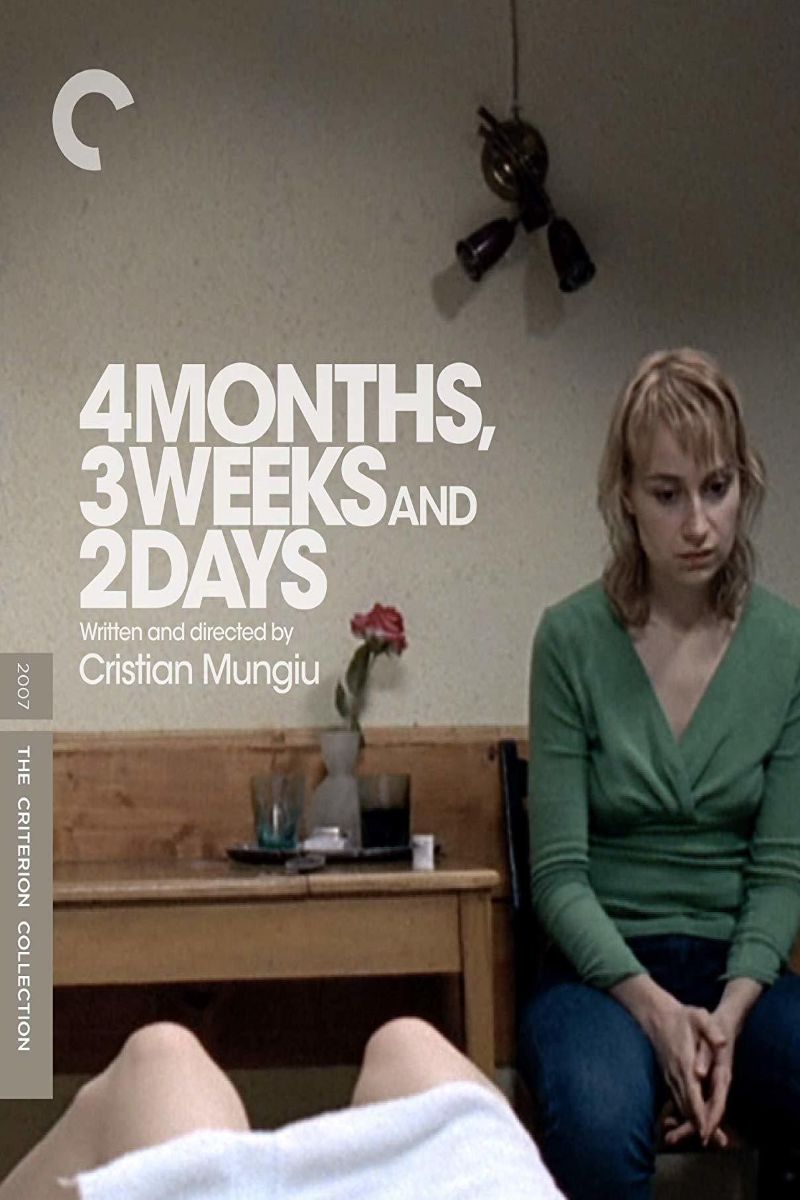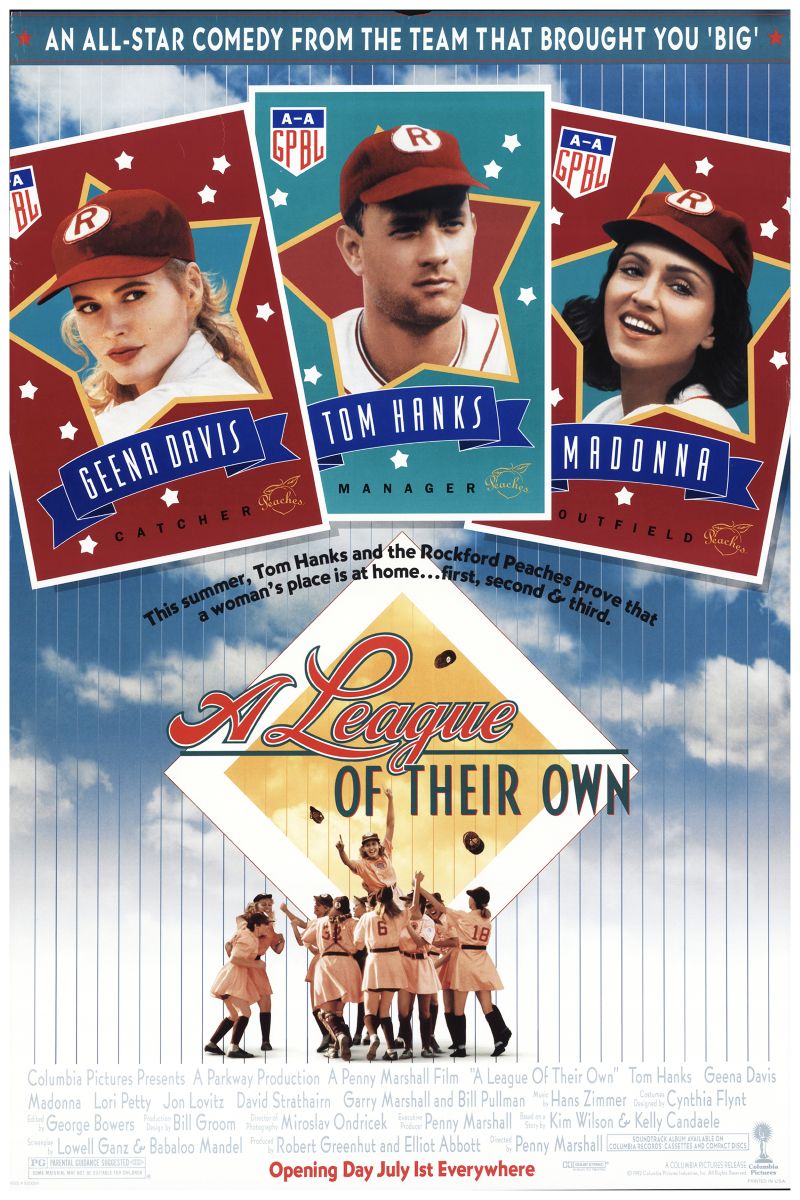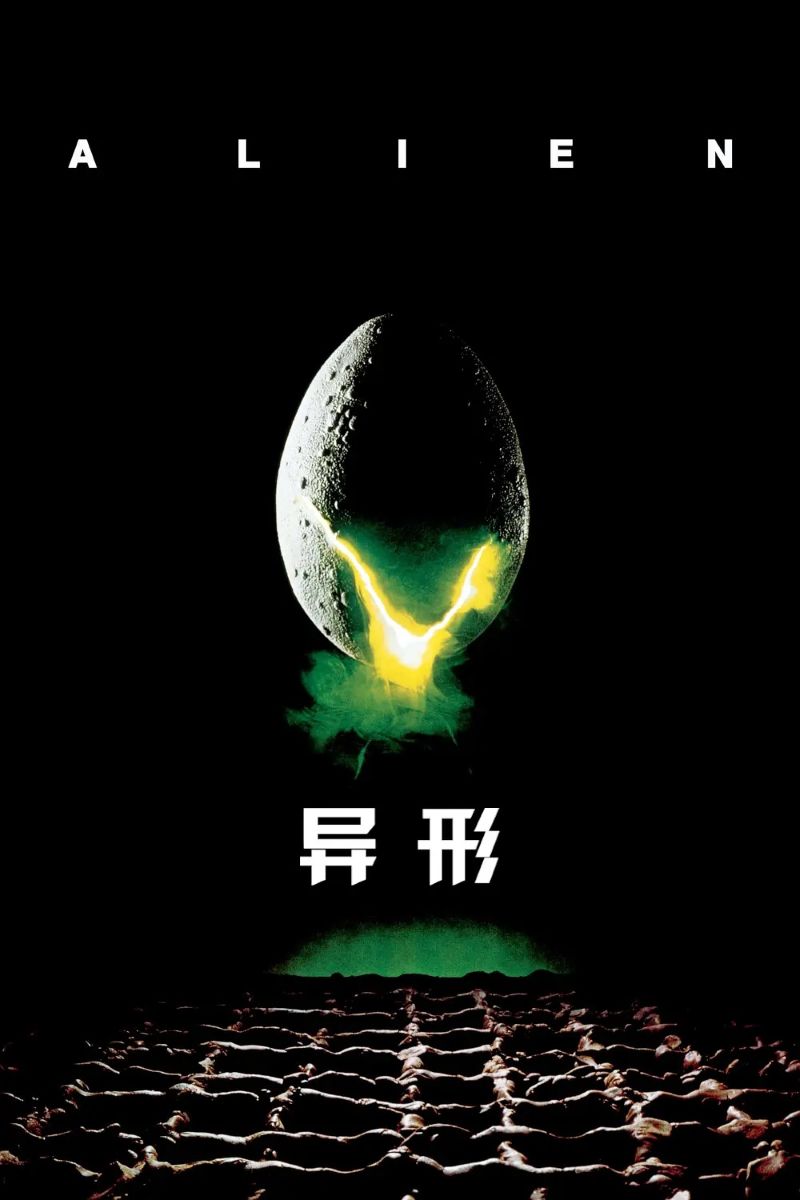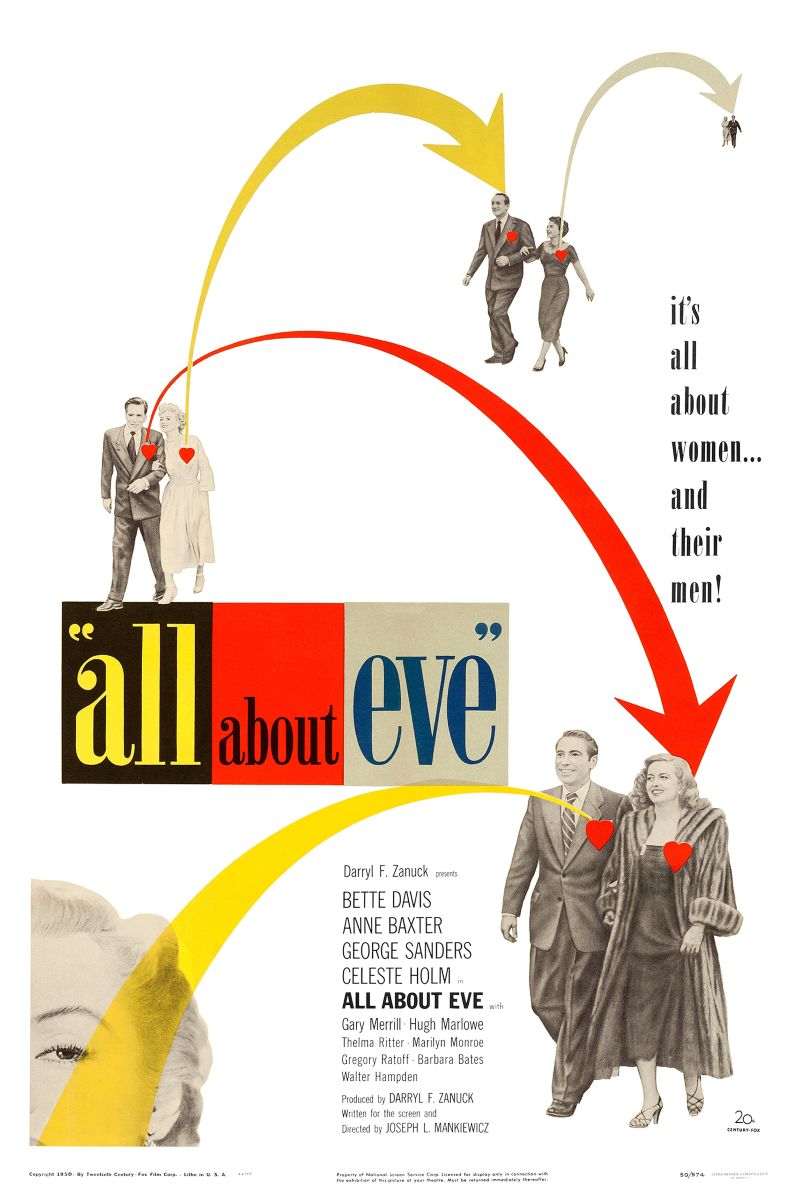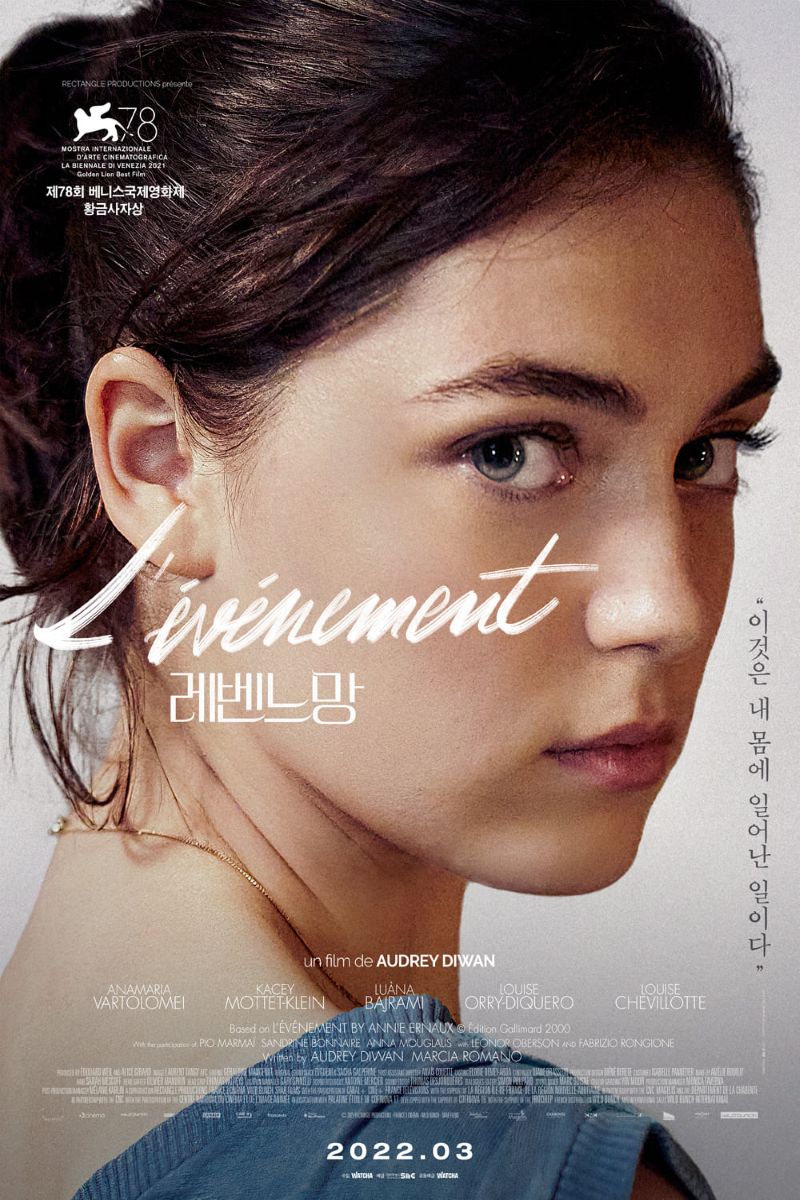
Happening
L'Événement
Adapted from Nobel Prize winner Annie Ernaux's autobiographical novel, following a 23-year-old French university student's desperate and dangerous journey seeking abortion in 1960s France when it was illegal. Directed by Audrey Diwan, this award-winning film deeply explores reproductive autonomy, body politics, class inequality, and women's predicament in patriarchal society, becoming a powerful testimony to contemporary women's rights struggles.
Cast
Related Topics
🎥 Film Analysis & Review
Happening stands as director Audrey Diwan’s masterful adaptation of Nobel Prize winner Annie Ernaux’s autobiographical novel, a Venice Golden Lion-winning work that explores women’s reproductive autonomy, body politics, and gender inequality in class society with suffocating realism and uncompromising visual language. Through the desperate journey of 23-year-old student Anne (Anamaria Vartolomei) seeking abortion, the film serves not only as a historical indictment of 1960s French society but as an urgent warning about the current state of women’s rights worldwide.
From a reproductive autonomy perspective, Happening’s core contribution lies in its steadfast defense and profound articulation of women’s bodily autonomy. In 1963 France, abortion was not only illegal but viewed as a symbol of moral corruption. Anne faces not just legal prohibition but oppression from the entire social moral system. Through her experience, the film reveals a cruel reality: when women are stripped of control over their own bodies, they are forced to become victims of social and legal institutions.
The film’s presentation of body politics is extraordinarily shocking and direct. Director Diwan refuses to beautify or avoid the bodily reality of the abortion process, using close-up shots and direct visual presentation to show the pain and danger women’s bodies endure in seeking autonomy. This uncompromising presentation challenges traditional cinema’s romanticized treatment of women’s bodily experiences, emphasizing that bodily autonomy is not an abstract political concept but a real struggle involving flesh and blood.
From a class analysis perspective, the film profoundly reveals how abortion rights are affected by class status. Though Anne is a university student, she comes from a working-class family, and her economic situation limits her choices. Wealthy women can quietly travel to other countries for procedures, while ordinary women like Anne can only risk their lives seeking underground abortions. Through this contrast, the film demonstrates how class inequality exacerbates gender oppression, making the most vulnerable women bear the greatest risks.
The film’s historical context setting carries profound political significance. 1960s France was on the eve of social transformation, with the feminist movement not yet emerged and traditional gender roles still firmly entrenched. Against this backdrop, Anne’s choice appears especially brave and lonely. She must face multiple pressures from family, school, medical institutions, and the legal system without any social support. This isolation reflects the overall situation of women in patriarchal society at that time.
Anamaria Vartolomei’s outstanding performance provides powerful support for the film’s feminist themes. She successfully creates a complex and authentic female image: Anne is both vulnerable and strong, both fearful and brave, both confused and determined. Her performance avoids victim stereotypes, showcasing women’s agency and resistance spirit in extreme circumstances. This characterization challenges traditional narrative’s simplification of female roles, presenting the complexity and multi-layered nature of women’s experiences.
The film’s critique of medical power structures deserves attention. The coldness, rejection, and moral preaching Anne encounters while seeking medical help reveals how the medical system becomes a tool of patriarchal oppression. Doctors claim to protect her while actually depriving her of choice. This critique of “protective” paternalism remains significant in contemporary discussions about reproductive rights.
From a gender politics angle, the film shows the complex position of male characters in women’s reproductive choices. Anne’s boyfriends show different degrees of support or avoidance but ultimately cannot truly take corresponding responsibility. This portrayal reveals the gender inequality of reproductive responsibility: women bear all physical risks and social consequences while men can relatively easily withdraw.
The film’s visual style reinforces its political themes. Calm, restrained cinematography, tight narrative pacing, and oppressive tones create a suffocating atmosphere, allowing audiences to deeply experience the despair and fear Anne faces. Particularly those shots showing the abortion process are both cruel and necessary, as they reveal the true cost of anti-abortion policies.
The film’s critique of educational institutions is also profound. Universities should be temples of knowledge and free thinking, but Anne finds no understanding or support there. Students’ indifference and professors’ avoidance reflect educational institutions’ complicit role in maintaining traditional gender order. This critique reminds us that even in seemingly progressive environments, gender discrimination may still exist in hidden forms.
From a legal feminism perspective, the film powerfully argues for the importance of legal equality. Laws prohibiting abortion not only restrict women’s bodily autonomy but fundamentally deny women’s status as independent individuals. Anne is forced to become a criminal under law simply for trying to control her own life and body. The consequences of this legal inequality are deadly, not only threatening women’s life and health but destroying their dignity and future.
The film’s contemporary significance cannot be ignored. Though the story takes place in the 1960s, its core issues remain urgent today. Debates about abortion rights worldwide and restrictions on women’s reproductive choices make this film an important reference for contemporary women’s rights struggles. The film reminds us that progress in women’s rights is not irreversible and requires continuous effort and vigilance to maintain.
The film also deeply reflects on the absence of female solidarity. Anne receives almost no support from other women throughout the process, reflecting the lack of feminist consciousness and political solidarity among women at that time. This isolation makes individual women more vulnerable and demonstrates the importance of collective action and social movements.
From a psychological trauma perspective, the film shows the profound impact of anti-abortion policies on women’s mental health. Anne experiences not only physical pain but psychological trauma and shame. This trauma comes not just from the procedure itself but from society’s moral condemnation and legal threats. The film reveals how restrictive policies systematically harm women’s physical and mental health.
Audrey Diwan’s perspective as a female director adds unique authenticity and sensitivity to the film. She refuses to masculinize or heteronormalize women’s experiences, instead honestly presenting this experience from a female perspective. This “insider perspective” allows the film to capture many subtle but important details, thus more accurately reflecting women’s real experiences.
The film’s international impact is also noteworthy. Its success at major international film festivals is not only recognition of the film’s artistic value but affirmation of its political significance. At a time when women’s rights face global challenges, such works have important mobilizing and inspiring effects.
From an intergenerational feminism perspective, the film bridges past and present struggles. It shows how issues that seem historical are actually ongoing, and how each generation of women must fight for rights that should be fundamental. The film serves as both memorial and warning, honoring past struggles while alerting us to present dangers.
The film’s treatment of shame and stigma is particularly powerful. Anne’s experience shows how society weaponizes shame to control women’s sexuality and reproductive choices. The film refuses to perpetuate this shame, instead presenting Anne’s choice as rational and necessary, challenging the moral frameworks that criminalize women’s autonomy.
Ultimately, Happening’s value lies in its steadfast defense and profound articulation of women’s reproductive autonomy. Through Anne’s story, the film not only presents historical darkness but illuminates contemporary reality. It reminds us that bodily autonomy is a fundamental human right, and any restriction of it violates human dignity. In a world still full of gender inequality, such honest and brave works provide us with motivation for reflection and action.
🏆 Awards & Recognition
- • Venice International Film Festival Golden Lion
- • César Award Best Film
- • César Award Best Director
- • BAFTA Best Foreign Language Film Nomination
⭐ Ratings & Links
Related Recommendations
Comments & Discussion
Discuss this video with other viewers
Join the Discussion
Discuss this video with other viewers
Loading comments...
